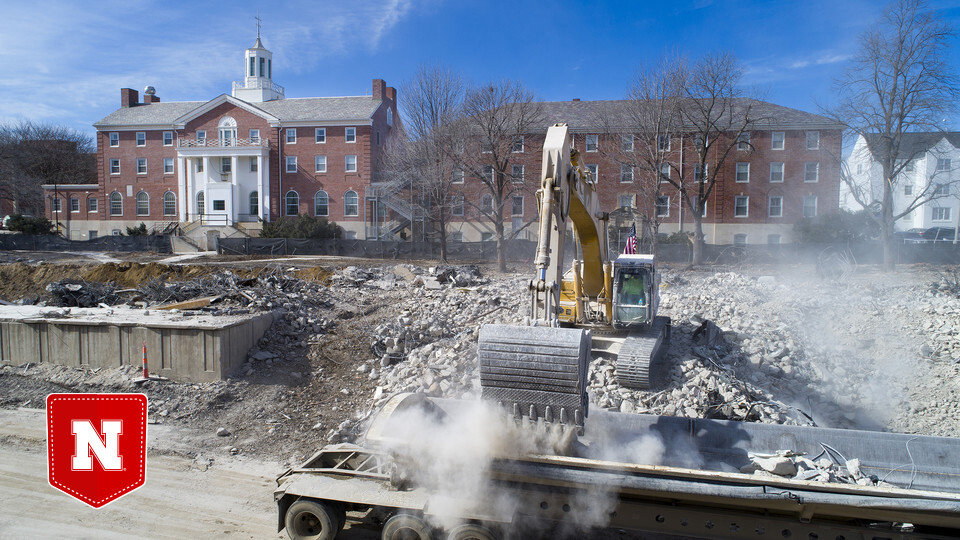· 3 min read
Implosion-based models could yield insights on Florida condo collapse

Welcome to Pocket Science: a glimpse at recent research from Husker scientists and engineers. For those who want to quickly learn the “What,” “So what” and “Now what” of Husker research.
What?
The partial collapse of the 12-story Champlain South condominium in Surfside, Florida, on June 24 has left roughly 140 people either confirmed dead or listed as missing. The tragedy has raised concerns about how to prevent similar building failures.
Security footage showed part of the condominium falling almost entirely vertically. Seconds later, another portion of the tower collapsed at a slight angle but left a significant part of the building still standing. Some engineers and building designers have told national media that the collapse bore similarities to when a high-rise structure is demolished by an implosion.
So what?
Before Nebraska’s Cather and Pound Halls — 13-story dormitory towers — were demolished in December 2017, there was relatively little information about what happens within a structure of such size when it falls.
A team of Nebraska engineers led by faculty Daniel Linzell, Christine Wittich and Richard Wood developed a comprehensive plan to collect data prior to and during the demolition. That data came primarily from well-placed accelerometers, drone-captured video and audio recordings.
A brief silence after the detonation spoke the loudest, yielding two subsets of data — one from the building’s response to the blast loads, the other from the collapse. Based on its data, the team created computer models that can examine how extreme loads contribute to the risk of high-rise collapses.
One such model, from Nebraska’s Chen Fang, simulated the collapse of Pound Hall to investigate how the reinforced-concrete building would react to the sudden removal of ground-level columns at various locations.
Now what?
Questions surrounding the cause of the Champlain South collapse should spur more investigations using the model developed from the Cather-Pound research. Model-based simulations could examine, for instance, how reducing the carrying capacity of ground-level columns affects the potential for collapse.
Following the upcoming publication of a paper from Feng and Linzell, the Nebraska team hopes to give engineers and designers access to its model and data. Those could inform analyses that improve construction and inspire new ways to monitor the health of a building, potentially warning supervisors and occupants of an impending collapse.
Ideally, equipping existing buildings with smart, inexpensive monitoring technologies — similar to those that monitor the health of bridges — could help prevent similar tragedies, Linzell said.









